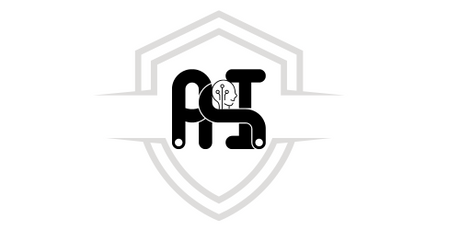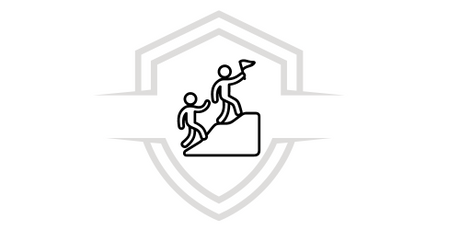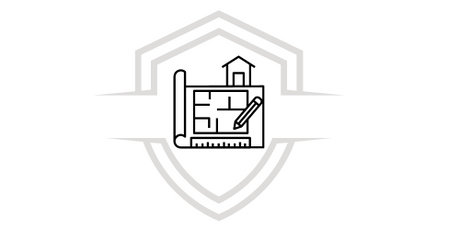The organizational chart of a company is nothing more than the graphic representation of the internal structure of an organization.
Knowing how to create a business organizational chart is essential for establishing the areas of your organization and determining the hierarchical relationships that underlie each one.
All companies, whether large, medium or small, are free to choose the type of organization that best suits them in order to make decisions and develop their activity.
Now, what do we mean when we talk about a business organizational chart ? It is a diagram of the administrative structure, as we have mentioned, where work relationships and links are taken into account based on a hierarchy.
Such representations may be:
- Geometric figures, to designate positions or posts.
- Continuous lines, to establish hierarchical relationships.
- Dotted lines, to indicate functional relationships.
This tool is therefore a guide to how the company is structured, and how it can achieve established objectives and goals.
What is the purpose of the organizational chart?
The truth is that, although it may seem somewhat rigid and limiting, companies need more order and structure as they grow. The organizational chart allows us to know how the organization is structured, its functions, and who makes the decisions. This allows for increased productivity, better internal and external communication, simplified processes, and optimized time.
What are the types of company organizational charts?
There is no single way to create an organizational chart. This choice depends on the needs of your business or company and the levels of hierarchy depend on the organizational structure and the level of detail you want to give it.
There are many ways to represent a business organization chart , for example:
✅ Graphic representations: horizontal, vertical, circular or mixed.
✅ Information and details: comprehensive or general, functional or specific.
✅ Purpose pursued: informative or analytical.
20% EXTRA DISCOUNT
Get started today and get fully certified with our Organizational Development and Change Management course.
- 100% online at your own pace
- practical exercises
- Lifetime Access
- certified endorsed
Apply the coupon [DARE] and get an extra 20% discount for only 100 students. Click the button and join!
Types of business organizational chart
1. Business Organization Chart - Horizontal
This type of organizational chart refers to the workflow from left to right. This type of model is also functional when the chain of command tends to have a less hierarchical model and here we can talk about a horizontal organizational chart.
2. Business Organization Chart - Vertical
This is an example of a traditional organization, it is a hierarchical organizational chart par excellence, where the levels of authority are clear. They are represented from top to bottom.
3. Business organization chart - Circular
In this type of organizational chart, the executive or director represents the highest figure in the hierarchy and is located at the center. And as authority decreases, the circles or positions expand and move away from the center.
4. Business organization chart - Mixed
This is a combination of vertical and horizontal flows, because the company is very large and therefore, the organization of the departments is complex to represent in a single way.
5. Business organization chart - Functional or Specific
This type of organizational chart details the administrative units and divisions, the function that each one performs, and the level of detail specified in the organizational chart.
6. Business organization chart - Comprehensive or General
In this case, contrary to the functional or specific one that details each of the departments into which the company is divided, in the comprehensive or general organization chart it is the opposite, it is dealt with in broad strokes and without specifying such precise details.
FREE DOWNLOAD
We make available this FREE guide with which you will master the principles, benefits, process and models of Organizational Development within the labor field.
How to make a company organizational chart in 5 steps
1. Define the structure
The first thing you need to do is define the internal structure, define the operating model and the type of management that will follow. You must foresee that the workforce may be added and grow, you must leave room for possible positions and define how each department will be organized depending on its activity, whether administrative, technological, financial, etc. Or in the area of development if it is national or international.
2. Request support from the Human Resources Department
Once you have an outline of how the company will operate and be divided up, you can rely on the human resources department to determine more detailed information, for example: department numbers, number of employees, job titles, duties of each position, etc.
3. Establish authority relationships
In the organizational chart, depending on the model you choose, it will determine the hierarchical levels and the type of relationship that will be established between each position.
You must select the level of detail in the information terms. It is generally preferable to include only the name of the position and not relate it to a person, since this requires constant updating, every time a new person enters the position or leaves. What you can include for more detail is the reference information for the position or department.
4. Rely on a tool
Create your organizational chart using a tool. You can use traditional ones like Excel or PowerPoint, or you can choose another one like Canva to create your organizational chart.
5. Evaluate periodically
As the company grows, it is possible to periodically evaluate the organizational chart to update certain aspects, new job integrations, business needs or the creation of new departments or functions within them, if necessary.
Now that you know what an organizational chart is and how to create a business organizational chart , you can start by structuring or re-evaluating your company's current schedule. Remember that among its advantages is knowing how it is structured, defining positions and functions. All of this will save you time, increase your productivity and will allow you to achieve your goals and objectives more quickly, because a defined organization will allow you to perform functions and each person has defined what they have to do.
Courses that may interest you
Do you want to acquire more skills that will help you perform better in the area of Human Resources Management? We recommend our courses in HR Management, Human Resources Talent Development, and Negotiation and Labor Relations.















